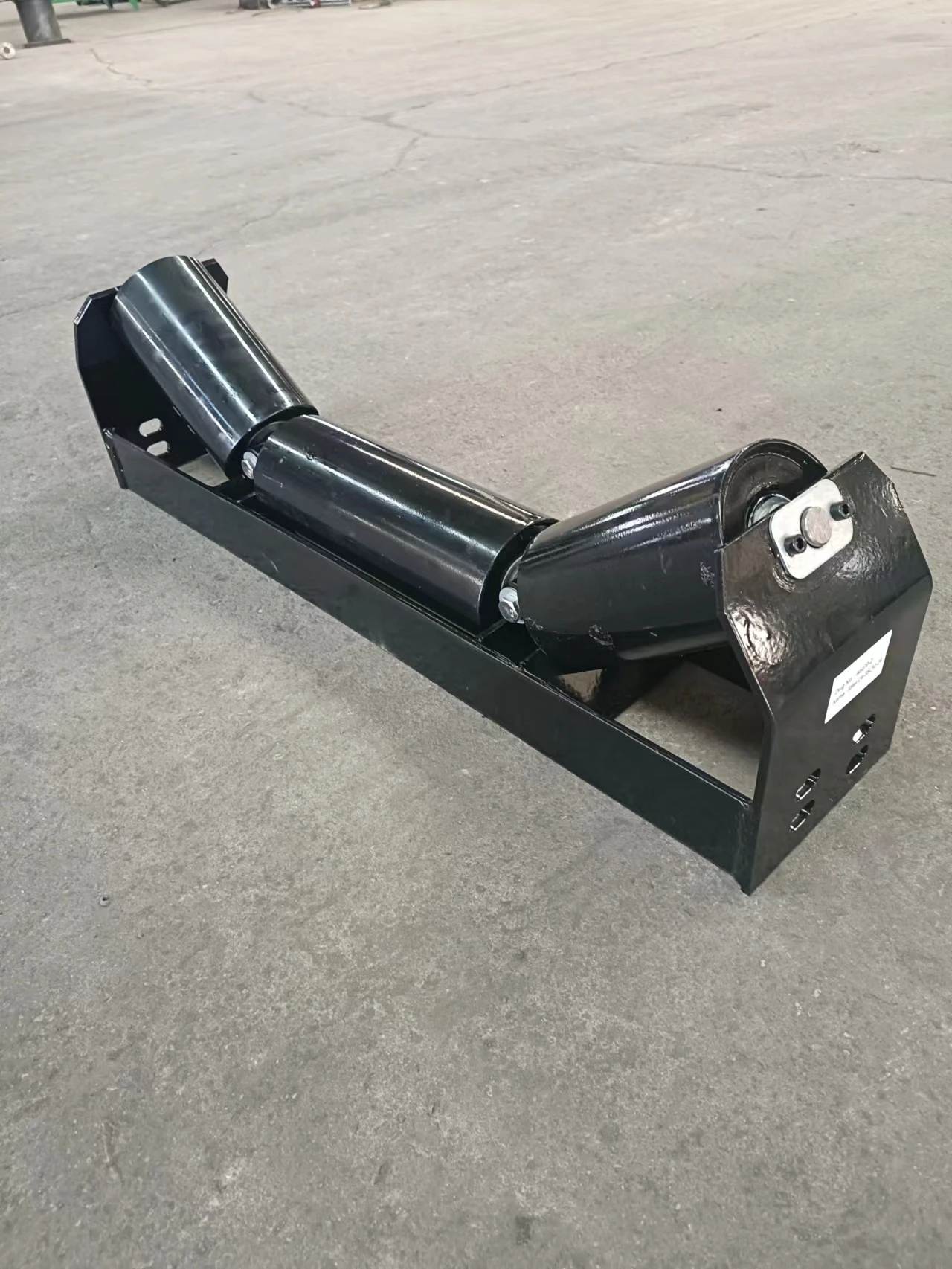 Afrikaans
Afrikaans  Albanian
Albanian  Amharic
Amharic  Arabic
Arabic  Armenian
Armenian  Azerbaijani
Azerbaijani  Basque
Basque  Belarusian
Belarusian  Bengali
Bengali  Bosnian
Bosnian  Bulgarian
Bulgarian  Catalan
Catalan  Cebuano
Cebuano  Corsican
Corsican  Croatian
Croatian  Czech
Czech  Danish
Danish  Dutch
Dutch  English
English  Esperanto
Esperanto  Estonian
Estonian  Finnish
Finnish  French
French  Frisian
Frisian  Galician
Galician  Georgian
Georgian  German
German  Greek
Greek  Gujarati
Gujarati  Haitian Creole
Haitian Creole  hausa
hausa  hawaiian
hawaiian  Hebrew
Hebrew  Hindi
Hindi  Miao
Miao  Hungarian
Hungarian  Icelandic
Icelandic  igbo
igbo  Indonesian
Indonesian  irish
irish  Italian
Italian  Japanese
Japanese  Javanese
Javanese  Kannada
Kannada  kazakh
kazakh  Khmer
Khmer  Rwandese
Rwandese  Korean
Korean  Kurdish
Kurdish  Kyrgyz
Kyrgyz  Lao
Lao  Latin
Latin  Latvian
Latvian  Lithuanian
Lithuanian  Luxembourgish
Luxembourgish  Macedonian
Macedonian  Malgashi
Malgashi  Malay
Malay  Malayalam
Malayalam  Maltese
Maltese  Maori
Maori  Marathi
Marathi  Mongolian
Mongolian  Myanmar
Myanmar  Nepali
Nepali  Norwegian
Norwegian  Norwegian
Norwegian  Occitan
Occitan  Pashto
Pashto  Persian
Persian  Polish
Polish  Portuguese
Portuguese  Punjabi
Punjabi  Romanian
Romanian  Russian
Russian  Samoan
Samoan  Scottish Gaelic
Scottish Gaelic  Serbian
Serbian  Sesotho
Sesotho  Shona
Shona  Sindhi
Sindhi  Sinhala
Sinhala  Slovak
Slovak  Slovenian
Slovenian  Somali
Somali  Spanish
Spanish  Sundanese
Sundanese  Swahili
Swahili  Swedish
Swedish  Tagalog
Tagalog  Tajik
Tajik  Tamil
Tamil  Tatar
Tatar  Telugu
Telugu  Thai
Thai  Turkish
Turkish  Turkmen
Turkmen  Ukrainian
Ukrainian  Urdu
Urdu  Uighur
Uighur  Uzbek
Uzbek  Vietnamese
Vietnamese  Welsh
Welsh  Bantu
Bantu  Yiddish
Yiddish  Yoruba
Yoruba  Zulu
Zulu Different Types of Idlers for Belt Conveyors Explained
Understanding Belt Conveyor Idler Types
Belt conveyors are crucial in various industries, facilitating the movement of goods and materials from one point to another. Central to the effective operation of a belt conveyor system is the idler – a component that supports the conveyor belt and helps maintain its alignment. There are several types of idlers, each designed for specific applications and operating conditions. Understanding these idler types is essential for maximizing efficiency and longevity in conveyor systems.
1. Flat Idlers
Flat idlers are the most common type used in belt conveyor systems. They consist of a simple cylindrical roller that rotates on a fixed axis. These idlers are primarily used in horizontal conveyors, helping to support the weight of the conveyor belt and materials being transported. Due to their straightforward design, flat idlers are cost-effective and easy to maintain. However, they are not ideal for applications involving heavy loads or extreme angles, where more specialized idlers may be required.
2. Trough Idlers
Trough idlers are designed to hold the conveyor belt in a trough shape, allowing for better containment of bulk materials. These idlers typically have three rollers arranged in a V-shape, creating a cupped profile that helps prevent material spillage. Trough idlers are particularly useful in mining, agriculture, and other heavy-duty applications where the conveyor is required to transport loose materials like coal, gravel, or grains. The V-shaped configuration not only stabilizes the load but also reduces wear on the belt edges.
Return idlers, as the name suggests, are employed on the return side of the conveyor system. These idlers support the belt as it returns to the loading point, preventing sagging and helping maintain proper tension. While return idlers generally have a flat design, they can also come in various shapes depending on the application. In addition to supporting the belt, return idlers play a crucial role in reducing friction, contributing to the overall efficiency of the conveyor system.
belt conveyor idler types

4. Impact Idlers
Impact idlers are specifically designed to absorb the shock from heavy loads deposited onto the conveyor belt. Typically found at loading zones or transfer points, these idlers feature a robust design with thicker rollers to withstand greater forces. Impact idlers are vital for protecting the belt and other components from damage, enhancing the durability of conveyor systems. Using impact idlers can significantly reduce maintenance costs and extend the life of the belt.
5. Guiding Idlers
Guiding idlers help maintain belt alignment, ensuring that the conveyor belt travels along the intended path. Misalignment can lead to increased wear and tear, decreased efficiency, and potential damage to the system. Guiding idlers are usually installed at strategic points along the conveyor to correct any deviations in the belt’s trajectory. This ensures smooth operation and helps prolong the lifespan of both the belt and the conveyor itself.
6. Self-Aligning Idlers
Self-aligning idlers are similar to guiding idlers but are designed to automatically adjust their position based on the belt’s alignment. These specialized idlers use a unique design that allows them to pivot slightly, ensuring that the belt remains centered. This capability is especially beneficial in scenarios where load variations and belt tension changes can lead to misalignment.
Conclusion
Understanding the various types of belt conveyor idlers is essential for ensuring the efficient operation of conveyor systems. Each idler type serves a unique purpose and is designed to meet specific challenges associated with material handling. Selecting the right idler not only enhances the performance of the conveyor but also minimizes maintenance needs and prolongs equipment lifespan. Whether you are dealing with a flat, trough, return, impact, guiding, or self-aligning idler, each plays a pivotal role in the overall efficiency of belt conveyor systems. Investing time in understanding these components will pay off in terms of improved productivity and reduced operational costs for any material handling operation.
-
Revolutionizing Conveyor Reliability with Advanced Rubber Lagging PulleysNewsJul.22,2025
-
Powering Precision and Durability with Expert Manufacturers of Conveyor ComponentsNewsJul.22,2025
-
Optimizing Conveyor Systems with Advanced Conveyor AccessoriesNewsJul.22,2025
-
Maximize Conveyor Efficiency with Quality Conveyor Idler PulleysNewsJul.22,2025
-
Future-Proof Your Conveyor System with High-Performance Polyurethane RollerNewsJul.22,2025
-
Driving Efficiency Forward with Quality Idlers and RollersNewsJul.22,2025





























